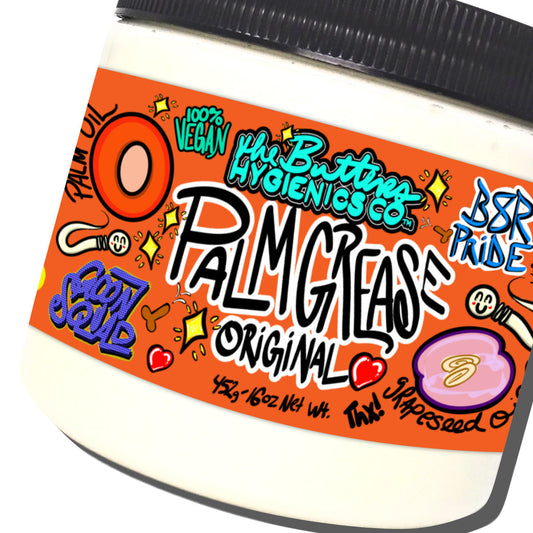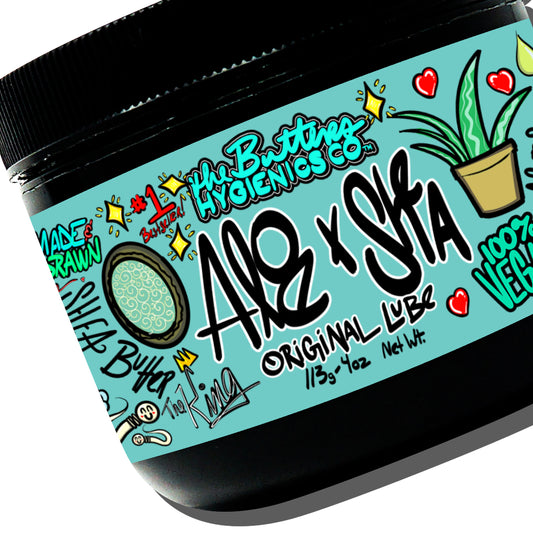
HAIR FETISHISM - History, Culture, Modern Perspectives, and Practical Tips for Enjoyment - KINK A-Z
Share
Hair has always been more than just a physical attribute; it’s a secondary sex characteristic that directly communicates our desirability. Beyond scent and body composition, hair stands out as one of the most powerful symbols of attraction. Given its significant impact on our appearance and cultural identity, it's no wonder that hair fetishism is so wide-ranging.
Hair as a Secondary Sex Characteristic
Hair is a significant secondary sex characteristic that plays a crucial role in human attraction and sexual signaling. Unlike primary sex characteristics, which are directly involved in reproduction, secondary sex characteristics develop during puberty and serve to enhance physical attractiveness and signal fertility. Hair, whether it’s on the head, face, or body, contributes to the overall aesthetic appeal and can convey various social and biological messages. For instance, a lush head of hair is often associated with youth and vitality, while facial hair in men can indicate maturity and masculinity. The cultural and personal grooming of hair further amplifies its role in sexual attraction, with styles and maintenance reflecting individual and societal preferences.
The influence of hair extends beyond mere aesthetics; it also has deep psychological and emotional implications. Hair can symbolize identity, health, and even status within different cultures. For example, in many societies, long, well-kept hair on women is seen as a sign of beauty and femininity, while men’s grooming choices, such as beards or shaved heads, can denote strength or rebellion. These perceptions are deeply ingrained and can enhance sexual desirability, making hair a powerful element in the complex tapestry of human sexuality. Understanding and appreciating hair as a secondary sex characteristic allows us to see why it is a common focal point of attraction and fetishism, influencing both personal and interpersonal dynamics.
Religious and Cultural Significance
In many cultures commonly found in America, hair holds profound religious and cultural significance:
- Hijabis: For Muslim women, covering their hair with a hijab is an expression of faith and modesty, adding layers of meaning and allure.
- Sikhs: Sikhs regard uncut hair as a symbol of respect for the perfection of God's creation, intertwining spiritual and aesthetic values.
- Jews: In Jewish traditions, married women often cover their hair with wigs or scarves, signifying their marital status and commitment to modesty.
Women’s Hair: Styles and Fetishism
Hair styles among women have evolved and diversified, each carrying its unique appeal and potential for fetishism:
- Meg Thee Stallion Influence: Lyrics like "switch up my wig make him feel like he cheatin'" highlight the transformative power of wigs in the realm of seduction and sexual excitement.
- Lacefront Wig Popularity: These wigs have gained immense popularity for their natural look and versatility, allowing women to experiment with different styles without damaging their natural hair.
- Historical Hair Styles: Iconic styles such as "The Rachel" from Friends and Billie Eilish's signature two-tone look have left a lasting impact on fashion and sexual allure.
- Big Hair: Voluminous hair is often associated with confidence and boldness, adding to its fetishistic appeal.
- Short Hair: Styles like pixie cuts and buzzcuts challenge traditional notions of femininity, attracting those who appreciate unconventional beauty.
- Hirsute Women: Some individuals are particularly attracted to women with more body hair, appreciating natural, unaltered beauty. This fetish can intersect with racial characteristics, as some ethnicities tend to have more or less body hair.
Men’s Hair: Desirability and Fetishism
Men’s hair, or the lack thereof, also carries significant sexual connotations:
- Bald Men: Often seen as symbols of virility and confidence, bald men can be objects of lust, defying the stereotype that baldness is undesirable.
- Beards and Moustaches: Facial hair can enhance a man's rugged and mature appeal, with various styles catering to different preferences.
- Hirsute Men: Body hair on men can be a sign of masculinity and strength, attracting those who find a hairy chest or back particularly alluring.
- Men with Long Hair: The "Fabio" look, characterized by long, flowing hair, embodies a romantic, almost mythical masculinity that can be highly attractive to some.
Practical Tips for Enjoying Hair Fetishism
Communication and Consent
Hair fetishism is one of the more widely accepted preferences, making it easier to discuss with your partner. You don't have to label it as a fetish; simply express it as a preference. Open and honest communication remains key. Here are some tips for starting the conversation:
- Choose the Right Moment: Find a relaxed, private setting to talk about your interests.
- Be Honest About Your Preferences: Explain why certain hair styles or grooming habits excite you and how you envision incorporating them into your intimate life.
- Emphasize Mutual Enjoyment: Highlight how exploring different hair styles or grooming techniques can be fun and pleasurable for both partners.
Experimenting with Styles
Experimentation can be a fun and exciting way to explore hair fetishism. Whether it's trying out new wigs, changing haircuts, or grooming styles, involve your partner in the process:
- Visit a Salon Together: Consider a joint trip to the salon to try new styles.
- Role Play: Incorporate wigs and hairpieces into your bedroom activities. Give each look a persona.
- Grooming Sessions: Enjoy the intimacy of grooming each other, whether it’s shaving, braiding, or styling.




